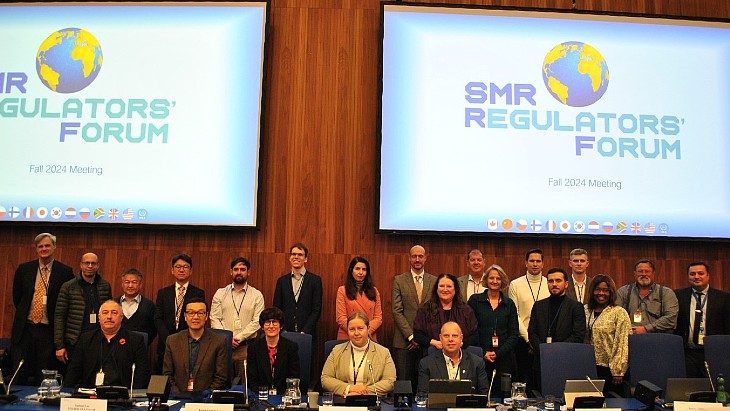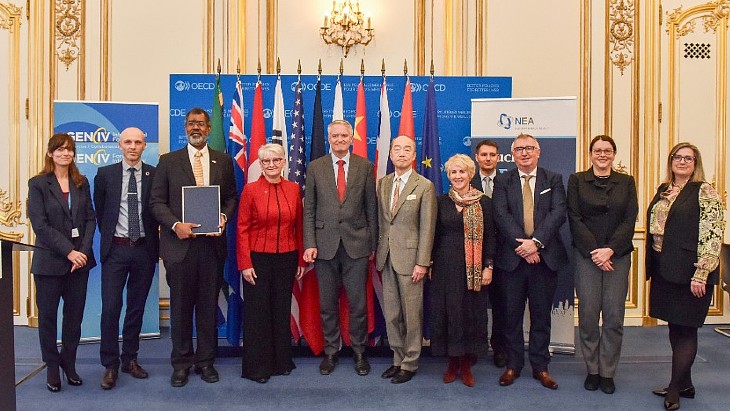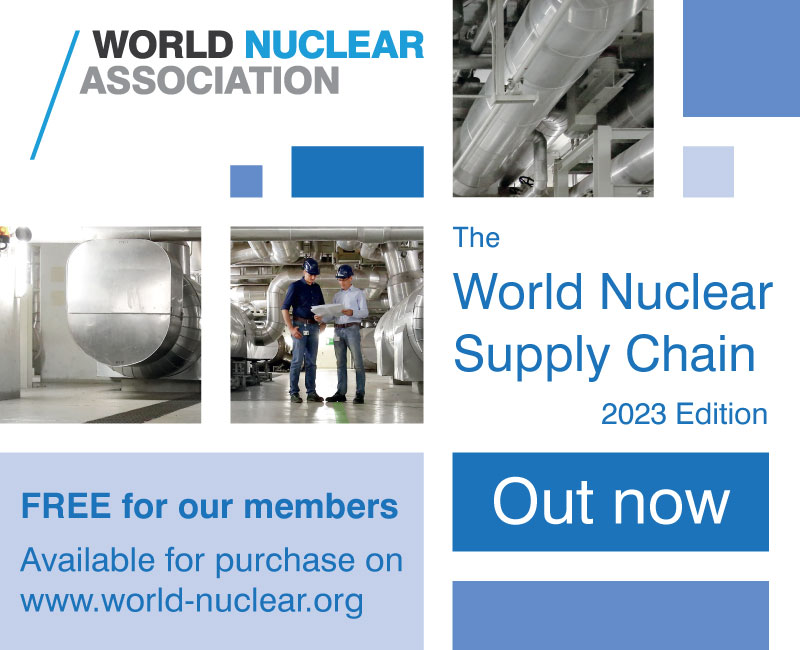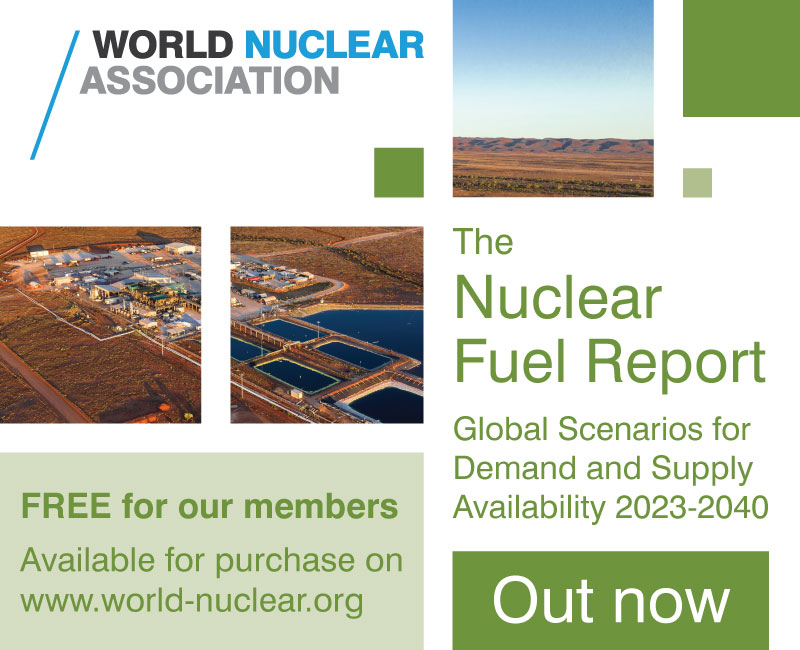Environmental approval for Yeelirrie
-48.jpg) The government of Western Australia yesterday granted environmental approval to Cameco Australia's proposed Yeelirrie uranium project, subject to conditions that include measures to mitigate risks to underground fauna.
The government of Western Australia yesterday granted environmental approval to Cameco Australia's proposed Yeelirrie uranium project, subject to conditions that include measures to mitigate risks to underground fauna.The government of Western Australia yesterday granted environmental approval to Cameco Australia's proposed Yeelirrie uranium project, subject to conditions that include measures to mitigate risks to underground fauna.
-460.jpg) |
| Yeelirrie is located on Yeelirrie Pastoral Station (Image: Cameco Australia) |
The approval decision, issued as a 25-page ministerial statement by the Western Australia Environmental Protection Authority (EPA), was reached following an environmental assessment process, public consultation, and agreement between Western Australia's environment minister Albert Jacob and the state's ministers for water, mines and petroleum, Aboriginal affairs and state development.
In August 2016 the EPA found that Cameco's proposal would not adequately protect subterranean fauna, saying it could directly impact subterranean fauna. Cameco had previously identified 73 species of stygofauna - fauna which occur below the water table - in the project area, some of which are only known in the area that would be impacted by the project. All of the other key environmental factors assessed in the EPA's environmental impact assessment, including potential impacts to flora, vegetation and human health, as well as rehabilitation and decommissioning, met required objectives.
At that time, the EPA recommended the project should not be allowed to proceed because of the risk of potential damage to such species, but also said that if the minister approved the project, then "appropriate conditions" regarding the impacts on subterranean fauna should be imposed.
Yesterday, Jacob said the government had considered broader economic and social matters, as well as environmental factors in its decision to approve the project. "Further surveys may identify that the species currently only found within the project area are more widespread. I have therefore mandated as part of this approval further survey work and investment in research," he said.
Conditions attached to the ministerial approval include a requirement that Cameco carry out a detailed survey of subterranean fauna and that it must prepare, and implement, a research plan to develop a better understanding of the fauna and how to support it. These conditions must be met before any "ground disturbance activities" commence.
Cameco Australia managing director Brian Reilly welcomed the decision, saying it struck the "right balance" between environmental management and economic benefits. "We believe that with further sampling, investigation and research as outlined in the project conditions, subterranean fauna can be appropriately managed at Yeelirrie," he said. "The work at Yeelirrie will also contribute to a better scientific understanding of subterranean fauna more broadly across Western Australia."
The approval requires Cameco Australia to commence "substantial" implementation of the project within five years. Reilly said the company was "advancing" Yeelirrie through the environmental assessment process to be ready to respond "when the market signals a need for more uranium".
Yeelirrie, 100% owned by Cameco Corporation subsidiary Cameco Australia, has 127.3 million pounds U3O8 (49,000 tU) of measured and indicated uranium resources, with an average grade of 0.16% U3O8. The company acquired the project, about 650 kilometres northeast of Perth, from BHP Billiton in 2012 for $430 million. Cameco plans to mine the ore from a shallow open pit, about 10 metres deep, over a 22-year operational life. Production is expected to be up to 16.5 million pounds U3O8 (6350 tU) per year over the project's 15-year ore processing period.
Western Australia Premier Colin Barnett said he welcomed the approval and looked forward to the state becoming a "significant uranium producer". The state's approved uranium proposals - Vimy's Mulga Rocks, Toro Energy's Wiluna and Cameco's Kintyre and Yeelirrie projects - will, if they proceed, create about 1500 jobs and an export industry worth a potential AUD 1 billion (about $750 million) per year for Western Australia, the state estimates.
Researched and written
by World Nuclear News
_49098.jpg)
_57190.jpg)
_75453.jpg)
_70526.jpg)









